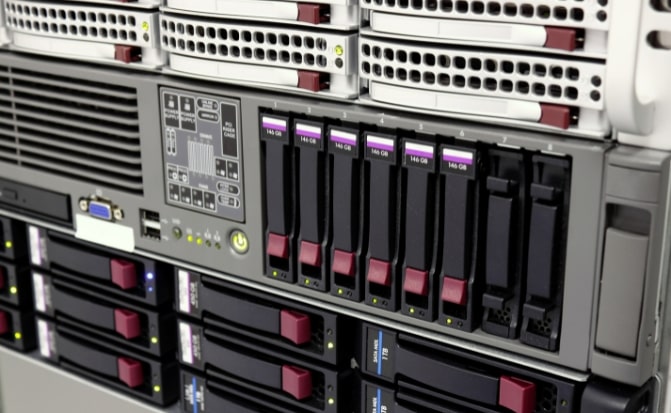
Physical storage is important because it helps protect an organization’s data and ensures its availability and accessibility should it be needed. Data is a valuable asset of an organization and must be protected against loss, damage, theft and unauthorized use.
It is a fundamental part of information security in general, and the security of physical storage is essential to guarantee the confidentiality, integrity and availability of data. If data is lost or damaged due to a lack of adequate physical security measures, this can have serious consequences for an organization, including loss of customer trust and potential violation of laws and regulationsIt is a critical part of information security. Here are some key things to consider to ensure the physical security of your data storage:
The place where the data is stored must be secure and accessible only to authorized personnel. Ideally, the location should be a space dedicated exclusively to data storage and should be protected with security locks, security systems,
access control, alarms and surveillance cameras.
The physical storage location must be protected against natural disasters, such as floods, earthquakes, fires, and storms.
This can be achieved through measures such as selecting a location away from risk areas and implementing prevention and mitigation measures, such as fire detection and extinguishing systems.
Backup measures must be implemented to ensure data is available in the event of loss or damage. Data backup can be done on physical media, such as external hard drives, tape drives, optical drives, among others, and on virtual media such as the cloud.
Clear policies and procedures should be established for the
access control and monitoring of stored data. Access must be restricted and controlled through proper authentication and authorization. The activities of authorized users should also be tracked to detect any unusual behavior or suspicious activity.
A detailed inventory record of the stored data and the devices used for its storage must be kept. This includes documentation of the technical specifications of the devices, the dates of purchase and the terms of the guarantee, among other details.
Disposal or disposal of storage devices must be done safely and properly. This includes the removal of data from devices prior to disposal and the physical destruction of storage devices when they are withdrawn from circulation.

In summary, physical storage is a fundamental part of information security. Adequate measures must be implemented to ensure that data is secure, accessible only to authorized personnel, and protected against natural disasters and other risks.